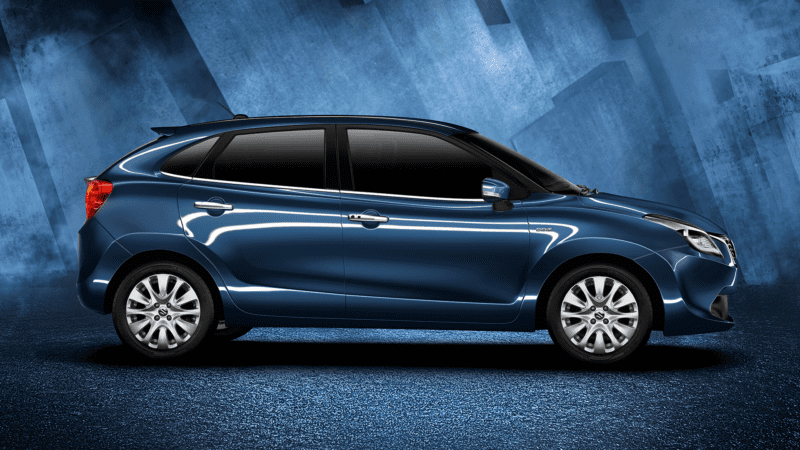Unleashing Power: The BoosterJet Engine
In 2017, Maruti Suzuki launched the Baleno RS, which featured their first-ever turbocharged petrol engine in India. The engine, named ‘Boosterjet Engine,’ is a 1.0-liter, three-cylinder unit that produces 102 horsepower. This advanced engine technology extracts more power from a smaller engine size by increasing the amount of fuel burned within the same volume. The engine also features direct injection, which enhances torque at low engine speeds. While similar technologies are already in use by other car manufacturers, Maruti’s Boosterjet engine marked an exciting milestone in the Indian automobile industry.

Key Highlights of The Technology

- Turbocharging: The Boosterjet engine uses a turbocharger to increase the amount of air that is delivered to the engine, which in turn allows for more fuel to be burned and more power to be generated. A turbocharger is a fixed-geometry unit that is driven by exhaust gases, and it spins at up to 217,000 rpm to supply more air into the engine. The turbocharger is also equipped with a wastegate valve that opens at low and mid-speeds to reduce boost and prioritize fuel efficiency and closes at high speeds to increase boost for maximum performance.
- Direct injection: Unlike Maruti’s other conventional petrol engines, the Boosterjet engine uses direct injection technology, which involves injecting fuel directly into the combustion chamber at high pressure (200 psi). This allows for better control over the fuel-air mixture and can improve combustion efficiency, resulting in better fuel economy and power output.
- Intercooler: To cool the air from the turbocharger before it enters the combustion chamber, the Boosterjet engine is equipped with an intercooler. The intercooler helps to maintain the density of the air, which in turn allows for more fuel to be burned and more power to be generated.
- Compact and lightweight: The Boosterjet engine is designed to be a compact and lightweight unit, with the air intake ports shortened and the exhaust manifold integrated into the cylinder head to save weight. However, the turbocharger and intercooler do add to the engine’s overall size.
- Torque and power: With direct injection and turbocharging working in sync, the Boosterjet engine produces a relatively flat band of maximum torque (150 Nm) from 1,700 to 4,500 rpm, giving it a strong mid-range. The engine produces a maximum power output of 102 hp. The power-to-weight ratio of the engine is expected to be over 100 hp per tonne, making it one of the fastest engines ever used in a Maruti car.
- Fuel efficiency: When driven with a light foot and sticking to the low and mid-range, the Boosterjet engine can deliver good fuel economy. However, accelerating hard will cause fuel economy to drop significantly. The engine has been detuned from its original 111 hp to run on regular 91 octane fuel in India due to the quality of fuel available, and Maruti has mandated the use of an additive every 20,000 km to tackle the formation of excessive soot and carbon deposits in the manifold.

The Boosterjet engine is a high-tech, compact, and lightweight engine that uses turbocharging and direct injection to deliver strong performance and fuel efficiency. Its torque and power characteristics make it suitable for a range of driving situations, and it is expected to be used in multiple Maruti cars in the future.

